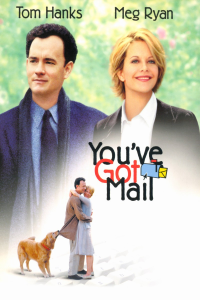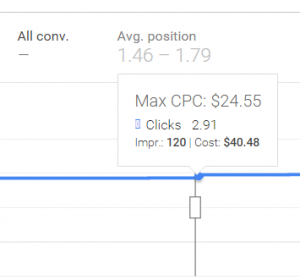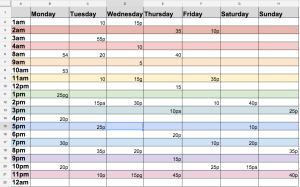by Gord Hotchkiss, Featured Contributor, September 13, 2016
In the past few weeks, via the comments I’ve received on my two (1,2) columns looking at the possible future of media selection and targeting, it’s become apparent to me that we’re at a crisis point when it comes to advertising.
I’ve been fortunate enough to have some of the brightest minds and sharpest commentators in the industry contributing their thoughts on the topic. In the middle of all these comments lies a massive gap. This gap can be triangulated by looking at three comments in particular:
Esther Dyson: “Ultimately, what the advertisers want is sales… attention, engagement…all these are merely indicators for attribution and waypoints on the path to sales.”
Doc Searls: “Please do what you do best (and wins the most awards): make ads that clearly sponsor the content they accompany (we can actually appreciate that), and are sufficiently creative to induce positive regard in our hearts and minds. “
Ken Fadner: “I don’t want to live in a world like this one” (speaking of the hyper-targeted advertising scenario I described in my last column).
These three comments are all absolutely right (with the possible exception of Searls, which I’ll come back to in a minute) and they draw a path around the gaping hole that is the future of advertising.
So let’s strip this back to the basics to try to find solid ground from which to move forward again.
Advertising depends on a triangular value exchange: We want entertainment and information, which is delivered via various media. These media need funding — which comes from advertising. Advertising wants exposure to the media audience. So, if we boil that down: We put up with advertising in return for access to entertainment and information. This is the balance that is deemed “OK” by Doc Searls and other commenters.
The problem is that this is no longer the world we live in — if we ever did. The value exchange requires all three sides to agree that the value is sufficient for us to keep participating. The relatively benign and balanced model of advertising laid out by Searls just doesn’t exist anymore.
The problem is the value exchange triangle is breaking down on two sides — for advertisers and the audience.
As I explained in an earlier Online Spin, value exchanges depend on scarcity — and for the audience, there is no longer a scarcity of information and entertainment. Also, there are now new models for information and entertainment delivery that disrupt our assessment of this value exchange.
The cognitive context that made us accepting of commercials has been broken. Where once we sat passively and consumed advertising, we now have subscription contexts that are entirely commercial-free. That makes the appearance of advertising all the more frustrating. Our brain has been trained to no longer be accepting of ads.
The other issue is that ads only appeared in contexts where we were passively engaged. Now, ads appear when we’re actively engaged. That’s an entirely different mental model, with different expectations of acceptability.
This traditional value exchange is also breaking down for advertisers. The inefficiencies of the previous model have been exposed, and more accountable and effective models have emerged.
Dyson’s point was probably the most constant bearing point we can navigate to: Companies want sales. They also want more effective advertising. And much as we may hate the clutter and crap that litters the current digital landscape, when it works well, it does promise to deliver a higher degree of efficiency.
So, we have the previous three-sided value exchange collapsing on two of the sides, bringing the third side — media — down with it.
Look, we can bitch about digital all we want. I share Searls’ frustration with digital in general and Fadner’s misgivings about creepy and ineffective execution of digital targeting in particular.
But this horse has already left the barn. Digital is more than just the flavor of the month. It’s the thin edge of a massive wedge of change in content distribution and consumption. For reasons far too numerous to name, we’ll never return to the benign world of clearly sponsored content and creative ads.
First of all, that benign world never worked that well. Secondly, two sides of the value-exchange triangle have gotten a taste of something better: virtually unlimited content delivered without advertising strings attached, and a much more effective way to deliver advertising.
Is digital working very well now? Absolutely not. Fadner and Searls are right about that, It’s creepy, poorly targeted, intrusive and annoying. And it’s all these things for the very same reason that Esther Dyson identified: Companies want sales, and they’ll try anything that promises to deliver it.
But we’re at the very beginning of a huge disruptive wave. Stuff isn’t supposed to work very well at this point. That comes with maturity and an inevitable rebalancing. Searls may rail against digital, just like people railed against television, the telephone and horseless carriages. But it’s just too early to tell what a more mature model will look like. Corporate greed will dictate the trying of everything. We will fight back by blocking the hijacking of our attention. A sustainable balance will emerge somewhere in between. But we can’t see it yet from our vantage point.
MediaPost.com: Search Marketing Daily
(96)







